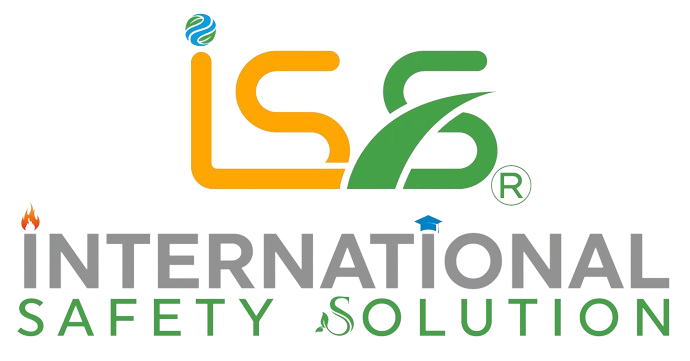Introduction to NFPA 10: Basics for Dealing with Fire Extinguishers
Fire safety is crucial in every setting, whether at home, in the office, or in public spaces. One of the most important tools for fire safety is the fire extinguisher. To ensure these are used effectively and maintained properly, there is a standard known as NFPA 10, created by the National Fire Protection Association (NFPA).
What is NFPA 10?
NFPA 10 is a set of guidelines that explain how to select, use, and maintain fire extinguishers. It provides clear instructions for:
- Which type of extinguisher to use for different types of fires.
- Where to place extinguishers for easy access.
- How often they should be inspected and serviced.
Why is NFPA 10 Important
Fire extinguishers are your first line of defense in a fire emergency. Without proper guidelines, they might not work when needed. NFPA 10 helps ensure:
- Safety: The right extinguisher is used for the right type of fire (e.g., electrical, grease, or wood).
- Readiness: Regular checks and maintenance keep extinguishers ready for use.
- Compliance: Many local laws and building codes require adherence to NFPA standards.
Types of Fires and Extinguishers
NFPA 10 categorizes fires into classes, each needing a specific extinguisher:
- Class A: Fires involving paper, wood, or cloth. Use a water or foam extinguisher.
- Class B: Fires from flammable liquids like gasoline or paint. Use a carbon dioxide (CO2) or dry chemical extinguisher.
- Class C: Fires from electrical equipment. Use a non-conductive extinguisher like CO2.
- Class K: Fires in kitchens, often caused by cooking oils. Use a wet chemical extinguisher.
Key Tips for Following NFPA 10
- Placement: Fire extinguishers should be visible and easy to reach.
- Inspection: Check extinguishers monthly for damage or low pressure.
- Training: Learn how to use an extinguisher with the PASS method:
- Pull the pin.
- Aim at the base of the fire.
- Squeeze the handle.
- Sweep side to side.
- Service: Have a professional inspect and service extinguishers annually.
Conclusion
Following NFPA 10 ensures that fire extinguishers are effective and ready to save lives and property during emergencies. Whether you’re a homeowner, business owner, or facility manager, these simple guidelines can make a big difference in fire safety.





This Post Has One Comment
If you need Fire Extinguisher Inspection, Maintenance, and Testing services in Albany NY, contact Albany Fire Extinguisher. We are experts in Commercial and Restaurant Fire suppression systems as well as Fire Extinguisher Inspections.